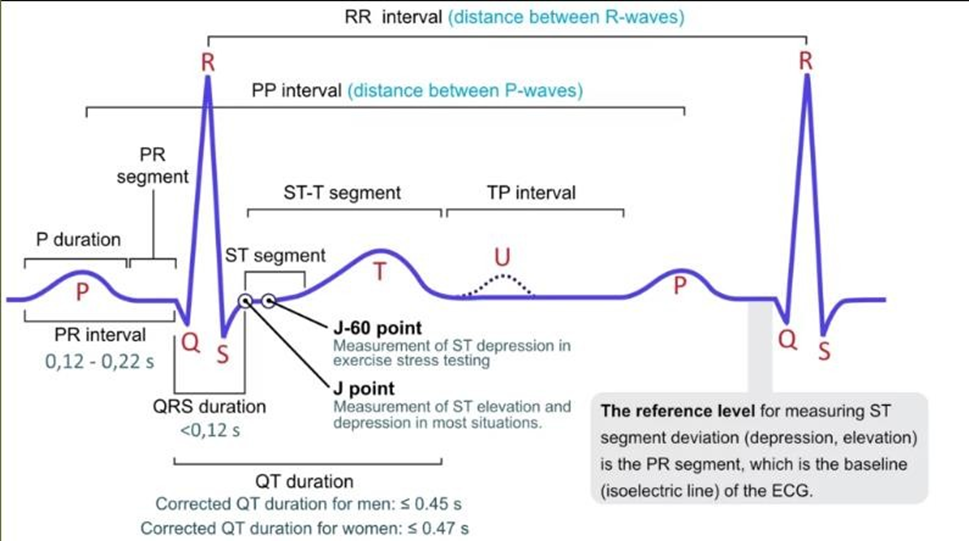A nurse is caring for a client on a mechanical ventilator receiving a neuromuscular blockade agent. The nurse should prioritize which action?
Respond to ventilator alarms.
Report the absence of spontaneous respirations.
Encourage the client to take spontaneous breaths.
Place the call bell within reach.
The Correct Answer is B
A. Respond to ventilator alarms: Responding to ventilator alarms is important but may not be the priority if the client is not spontaneously breathing.
B. Report the absence of spontaneous respirations: This is the priority action because the absence of spontaneous respirations may indicate inadequate ventilation or respiratory arrest, requiring immediate intervention.
C. Encourage the client to take spontaneous breaths: While encouraging spontaneous breaths is beneficial, it is not appropriate if the client is paralyzed due to neuromuscular blockade.
D. Place the call bell within reach: Ensuring the call bell is within reach is important for communication but may not be the priority if the client is not breathing spontaneously.
Nursing Test Bank
Naxlex Comprehensive Predictor Exams
Related Questions
Correct Answer is "{\"xRanges\":[104.2578125,134.2578125],\"yRanges\":[114.30078125,144.30078125]}"
Explanation

Correct Answer is B
Explanation
A. This result shows a slightly elevated PaCO2, which could suggest respiratory compensation for a metabolic alkalosis, not acidosis, as the pH is within the normal range.
B. This result indicates both a low pH and an elevated PaCO2, which are consistent with respiratory acidosis. The low HCO3 also suggests a metabolic acidosis component, making it the best match for a client with acidosis.
C. The elevated pH indicates alkalosis. The low PaCO2 and high HCO3 further suggest a primary respiratory alkalosis with metabolic compensation.
D. These values are within normal limits, indicating neither acidosis nor alkalosis.
Whether you are a student looking to ace your exams or a practicing nurse seeking to enhance your expertise , our nursing education contents will empower you with the confidence and competence to make a difference in the lives of patients and become a respected leader in the healthcare field.
Visit Naxlex, invest in your future and unlock endless possibilities with our unparalleled nursing education contents today
Report Wrong Answer on the Current Question
Do you disagree with the answer? If yes, what is your expected answer? Explain.
Kindly be descriptive with the issue you are facing.
